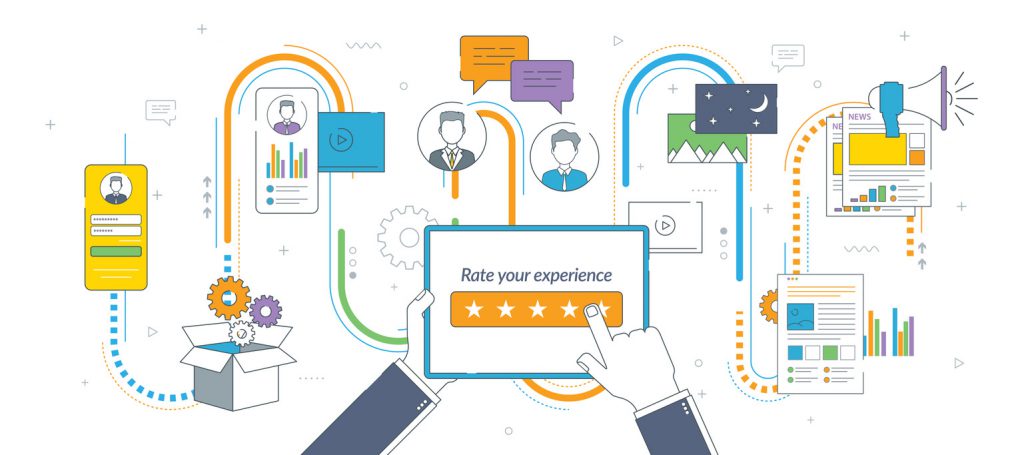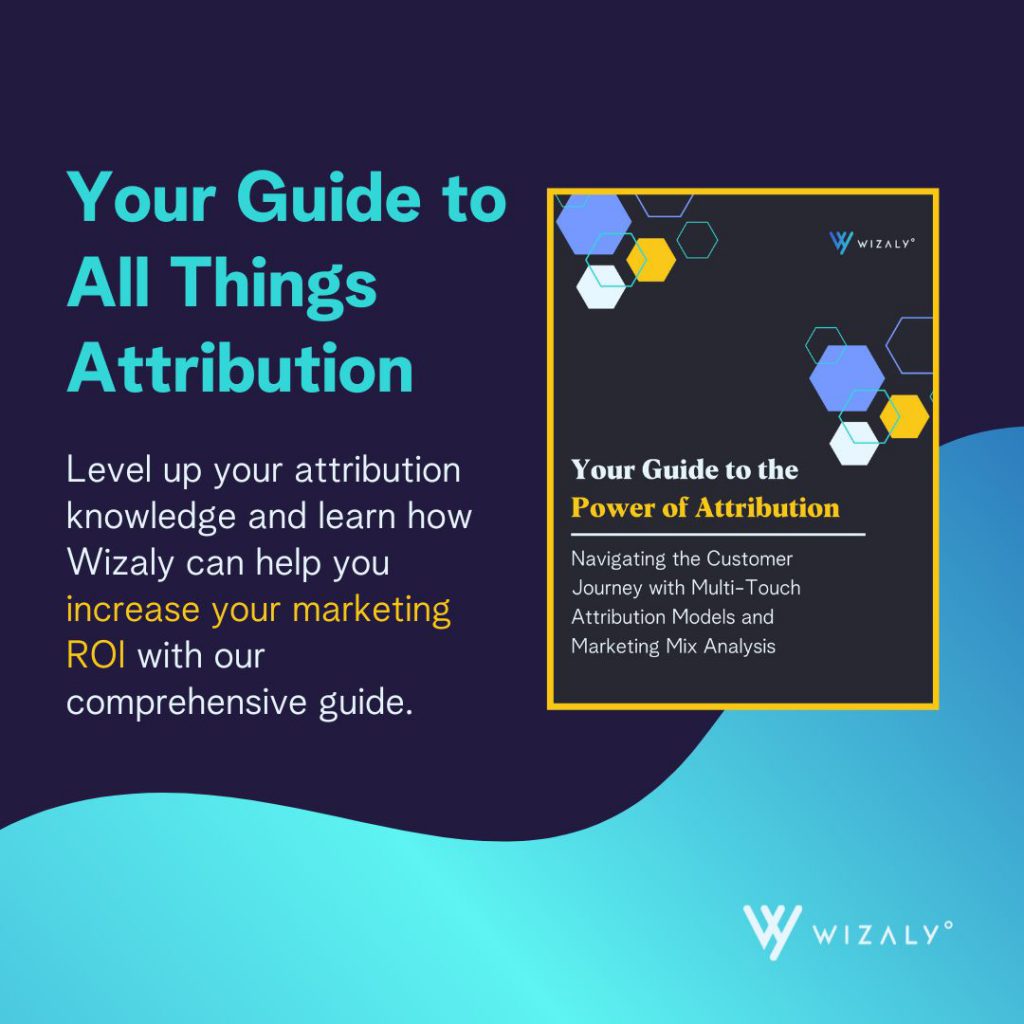Today, marketers stand at a crossroads, at the intersection of traditional rule-based attribution models and the cutting-edge algorithmic attribution. The question is simple, yet profound: Which path leads to the most accurate depiction of a customer’s journey? And how can a marketing expert, especially at the director level or higher, ensure they’re allocating their resources effectively? Is the last-click attribution model you’ve been using sufficient, or is it time to consider a more holistic, algorithmic approach? Let’s delve into the nuances of using attribution to discover what’s truly best for today’s complex customer journeys.
1. The Evolution of Marketing Attribution Models
From Single-Touch to Multi-Touch: Marketing attribution has come a long way from single-touch attribution models like first and last click. As businesses have grown, so have their marketing touchpoints. This has led to the rise of multi-touch attribution, where each touchpoint in the customer’s path to purchase is considered.
Limitations of Rule-Based Models: Rule-based models like linear attribution assign credit uniformly across all touchpoints. However, does it make sense to assign the same value to a social media ad and a personalized email campaign? This lack of granularity has prompted the search for a better model.
The Advent of Algorithmic Attribution: Enter algorithmic attribution. Instead of relying on predefined rules, this data-driven approach uses statistics and machine learning to find consistent patterns in the sequence of touchpoints leading to a conversion.
2. Algorithmic Attribution Unveiled
How Does Algorithmic Attribution Work?: At its core, algorithmic attribution looks for differences in ways customers who convert engage with marketing versus those who don’t. By analyzing thousands of funnels, the algorithm finds patterns between profitable audiences and assigns more credit to the most influential touchpoints.
Benefits of Using an Algorithmic Attribution Model: This model provides a holistic view of the customer journey, considering both online and offline channels. It offers insights based on data, allowing marketers to allocate their marketing spend more effectively.
Key Differences from Traditional Models: Unlike rule-based attribution models which provide a linear view, algorithmic attribution uses advanced analytics to offer a path-based, granular perspective, focused more on patterns that lead to conversions.
3. Decoding the Conversion Path with Algorithmic Models

Understanding Touchpoints and Conversion Paths: Every marketing touchpoint, be it an ad, email, or event, plays a role in the eventual conversion. Algorithmic attribution assigns credit for a conversion based on the impact of marketing touches in the customer’s path to purchase.
The Role of Machine Learning in Attribution: Machine learning plays a crucial role in algorithmic attribution. It analyzes vast amounts of data to determine which touchpoints are most influential in driving conversions.
Analytics: Getting a Granular View: With the rise of tools like Adobe, marketers can now get a granular view of which channels are driving ROI, thus refining their marketing efforts for optimal results.
4. Challenges in Marketing Attribution
Integrating Online and Offline Channels: While digital marketing channels offer a wealth of data, integrating offline channels into the attribution model might pose challenges. However, with advanced analytics, even this is becoming achievable.
Addressing Potential Pitfalls in Modeling: Like all models, algorithmic attribution isn’t without its challenges. Ensuring accurate data input and avoiding biases is essential for achieving reliable results.
5. Why Wizaly’s Approach to Attribution Stands Out
How Wizaly Makes it Possible to Track Holistic Customer Journeys: Beyond just tracking, Wizaly offers insights into the customer journey, highlighting the importance of each touchpoint, thus helping marketers refine their strategies.
Elevating Your Marketing Strategy with Wizaly: Leveraging Wizaly’s expertise can help businesses get a more accurate view of which channels are driving conversions, helping in the allocation of marketing resources for maximum ROI.
In Summary:
- Marketing has evolved from single-touch to multi-touch attribution models.
- Algorithmic attribution offers a holistic, data-driven approach to assign credit for conversions.
- With tools like Adobe, it’s possible to get a granular view of marketing efforts.
- Wizaly provides a comprehensive solution for marketing attribution, ensuring businesses get the best ROI.
Ready to Elevate Your Marketing Game? Don’t leave your marketing attribution to guesswork. Reach out to Wizaly today and let us help you navigate the complex world of algorithmic attribution for optimal marketing success!




